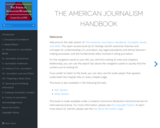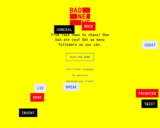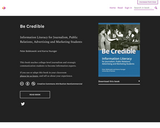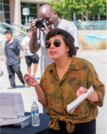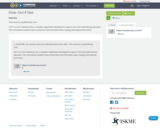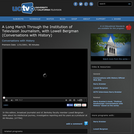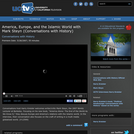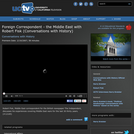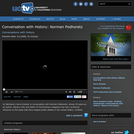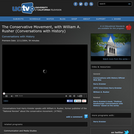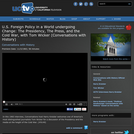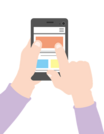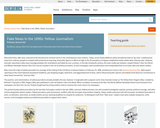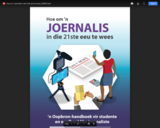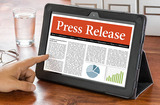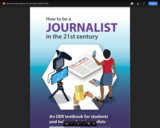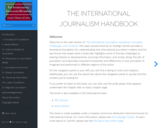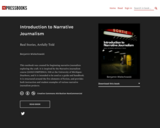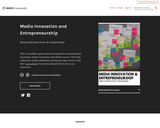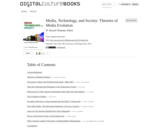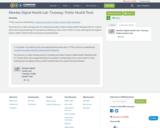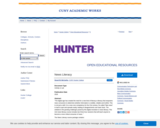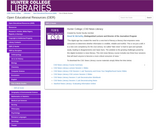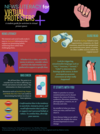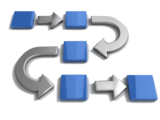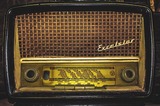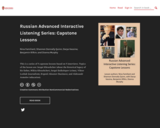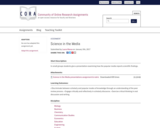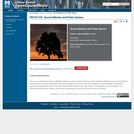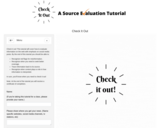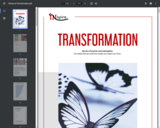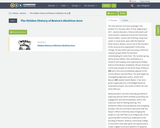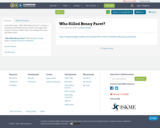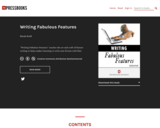Texas' international literary, arts and ideas journal.
Short Description:
San Antonio Review publishes original essays, poetry, art, reviews, theory and other work twice a week on its website. Print issues are published quarterly, per the publisher’s discretion, available time and funding levels. Founded in San Antonio in 2017, SAR is based in Austin, Texas.
Long Description:
San Antonio Review publishes original essays, poetry, art, reviews, theory and other work twice a week on its website. Print issues are published quarterly, per the publisher’s discretion, available time and funding levels. Founded in San Antonio in 2017, SAR is based in Austin, Texas. San Antonio Review is devoted to serving as a gathering space outside academia, the market and government for writers, artists, scholars, activists, workers, students, parents and others to express their perspectives and reflections on our shared world and help develop visions of our collective future. Funded by its publisher’s income from his day jobs, donations and the sale of print editions and other materials and led and maintained by an all-volunteer editorial collective, SAR is not beholden to any institution, organization or ideology. San Antonio Review is a costly endeavor undertaken with love by its editors and publisher. It is not a profit-seeking enterprise. It aims to herald interesting and unheard voices. It receives no financial support beyond donations, referral fees for purchases from sites we link to (like independent bookshops) and purchases of our print edition, which are used to recover some of the ongoing costs of web hosting, printing and other infrastructure.
Word Count: 34477
(Note: This resource's metadata has been created automatically by reformatting and/or combining the information that the author initially provided as part of a bulk import process.)
